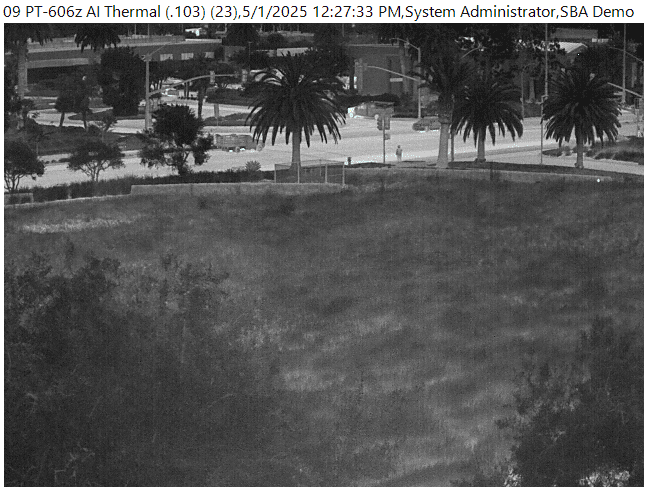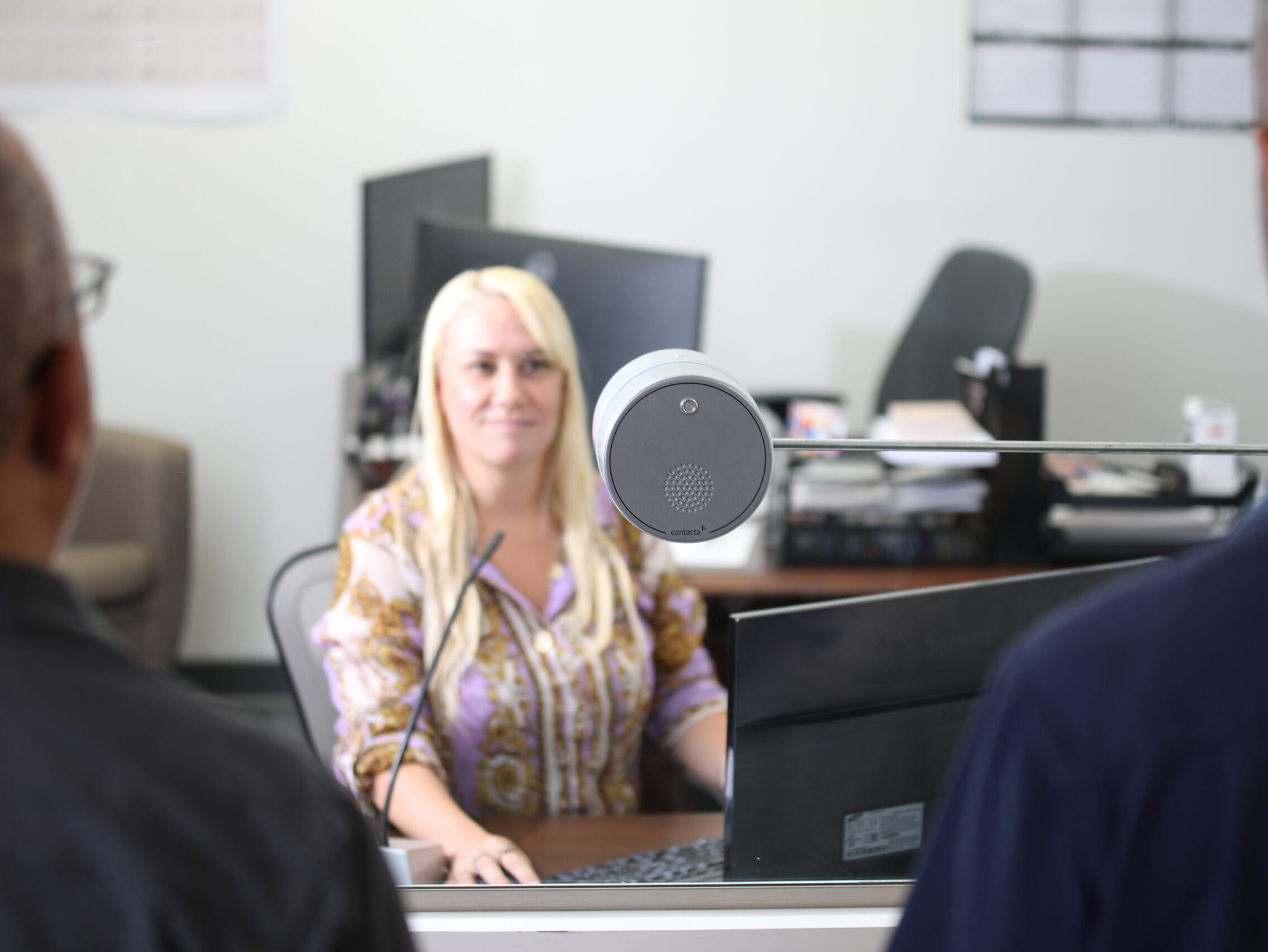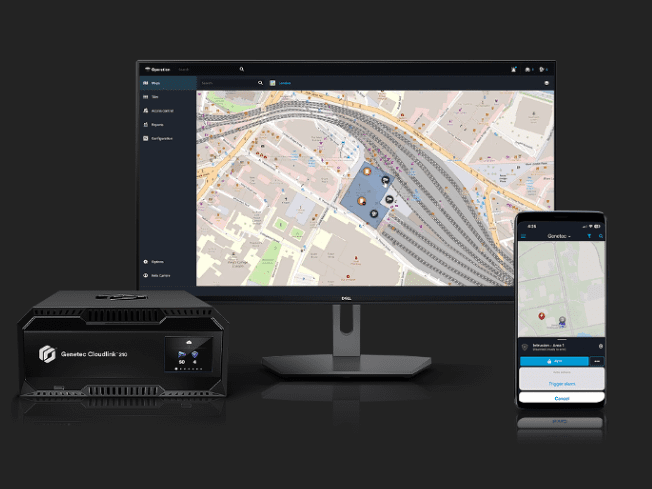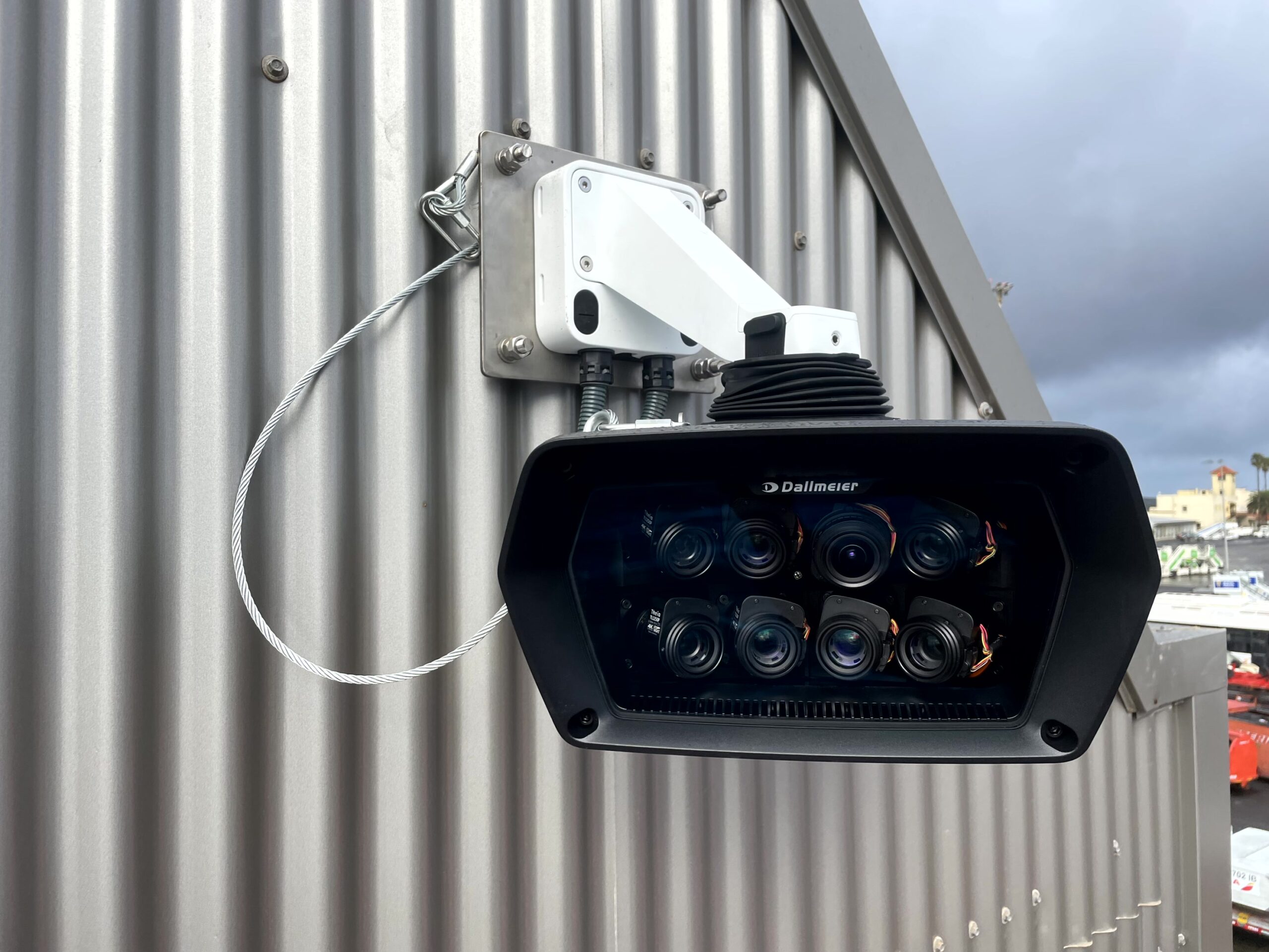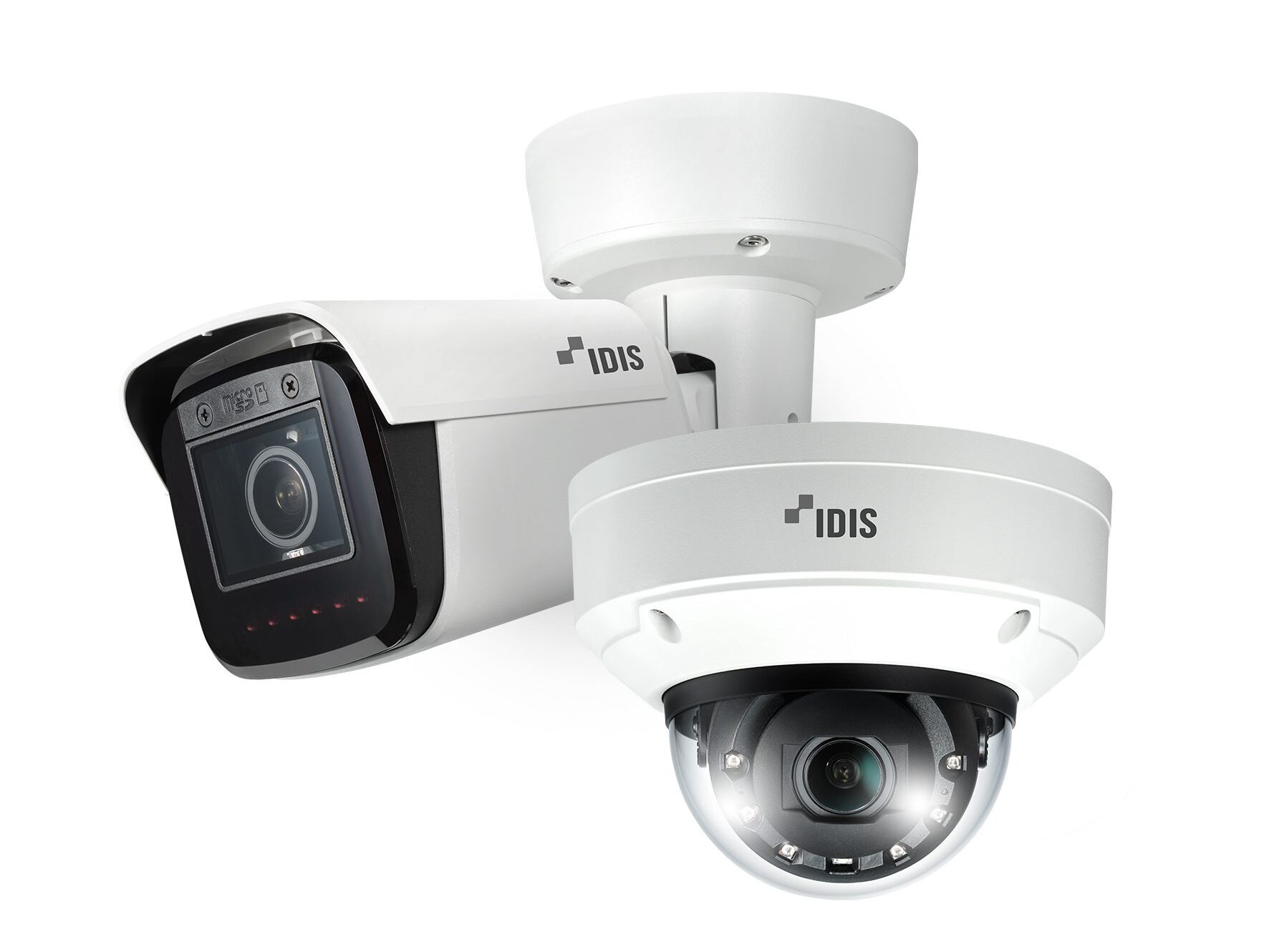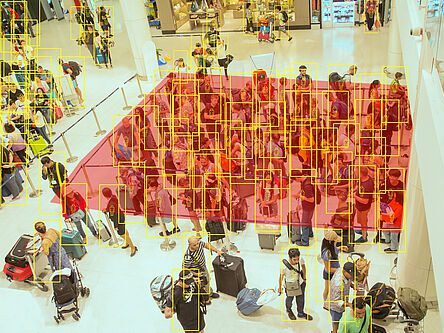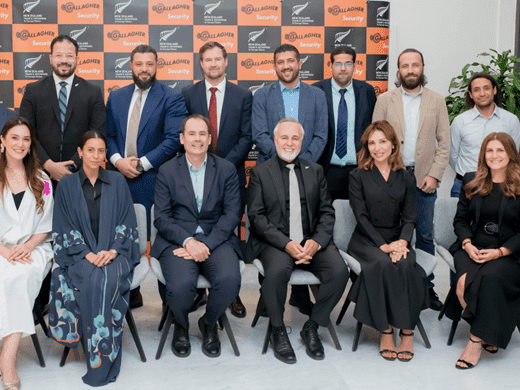Maritime surveillance solutions sail North
In the wake of the release of a white paper on northern shipping routes, Tim Compston, Features Editor of SecurityNewsDesk, talks to Dimitris Nikoleris, Business Development Manager from Synectics, about the expanded role that surveillance solutions can play here.
As global warming takes its toll on the Arctic, with less ice to contend with, the key message coming out is that we are sailing into a time of unprecedented change for the shipping industry. The potential of the Arctic Ocean passage that is opening up north of Russia is certainly on more and more operators’ radar as it enables their ships to travel from Asia to European destinations up to two weeks faster than by more traditional routes, a dramatic difference. Faster deliveries plus reduced time at sea, and therefore lower fuel consumption will, Synectics believes, appeal to global ship owners looking to chart a more economically productive course.
Navigating a new routeTo put the dynamics of this development into some sort of perspective Synectics, in its white paper – ‘Why Northern Shipping Routes are Changing the Way Operators use their Surveillance Solutions’ – points to figures released by the IMO (International Maritime Organisation) that suggest traffic using northern sea routes has already increased ten-fold in recent history. Moving ahead, this is set to accelerate with a 30-fold increase for shipping in the Arctic predicted by 2020, with the Arctic Institute highlighting that by this time 15 percent of China’s trade value could pass through the Arctic.

Against this backdrop of expanding northern shipping traffic, Dimitris Nikoleris, from Synectics, feels that this new ‘transportation superhighway’ is creating significant opportunities – and challenges – which today’s ship owners and operators are keen to navigate their way through: “The distances become shorter so the productivity of the ship is increased but it also brings some new obstacles such as hazards to navigation, minimal or non-existent rescue and recovery services, inconsistent weather reporting, and reduced communication capabilities.” Nikoleris reports that already ship owners in northern Europe, given the tougher conditions, are leading the way when it comes to understanding the value that security management systems can add to their operations, compared to their more southern counterparts: “Nine out of 10 times they [northern ship owners] are specifying camera systems on their assets.”
Oil and gasConsidering the vast potential of the wealth hidden in the region – from minerals to hydrocarbons – and plans to start tapping into these resources more widely, Nikoleris says that Synectics foresees this greater economic activity adding a significant uplift to the requirement for its systems: “The fact that the public is very sensitive about the ecological stability of the region reinforces our anticipation that more of our systems will be employed for safety and security.” Such systems can also play an integral part in protecting the surrounding environment. In Synectics’ white paper, for instance, it outlines how the integration of thermal imaging camera stations can help to identify and track oil spills, should the worst happen, and provide the assisting authorities with the information to take remedial measures. Testing times
To ensure that it is plain sailing for cameras buffeted by the harshest of conditions polar regions can throw at them, Dimitris Nikoleris says that any equipment selected to go on board an ice class vessel – for example – needs to be extremely well tested, and certified to international standards, with DNV Type Approval being a case in point: “There are additional parameters such as full coverage with ice, the punishing sea water, snow storms, all of this on a moving sea-going vessel that is isolated in an area where access for maintenance works is not realistic or just impossible,” he adds.
So what are some of the top considerations on the camera front? Nikoleris flags up the use of SS316L [stainless steel] to create a robust envelope and maximise resistance to corrosion, the careful selection and synthesis of components – by manufacturers like Synectics – which are capable of operating from -55 to +70 degrees Centigrade and features such as pre-heating, de-icing and automatic wash/wipe functions to give the clearest possible view in severe weather conditions: “They also need to be able to withstand the extreme vibrations present on vessels operating in these waters which tend to be higher than on other routes,” adds Nikoleris. IP66 and IP67 ratings are also flagged up as being important for these applications as they relate to a camera station’s ability to withstand both dust and water ingress.
For those voyaging through more northerly routes, in Nikoleris’ view, thermal imaging cameras are particularly important. In addition to providing imaging in complete darkness, they enable the crew to detect floating ice-hazards and assess surface ice thickness – a crucial resource, according to Synectics’ white paper, for ice-breaker vessels. Questioned on the subject of whether thermal cameras tend to be fitted in the same housing as normal cameras in the marine environment, Nikoleris replies that this is certainly the case with the camera stations supplied by Synectics: “Our TriMode camera stations with multi-spectral imaging also employ the same design but a modified housing to accommodate day/night and thermal imaging cameras allowing imaging in all environmental conditions, at all times.” Adding value
When it comes to transporting cargo like oil and gas where, as the white paper reiterates, ‘help is not close at hand’ so far north, heightened situational awareness to monitor operational areas on board ship, for things like a fire or gas leak, becomes a vital consideration. Apparently, integrating emergency and security systems into a single monitoring and control environment makes the most sense on-board ship as this allows crews to be quickly alerted to different threat scenarios. Having access to real time visual data, through constant surveillance, means that it is possible to remotely verify the risk at hand. According to the Synectics’ white paper, hazardous area camera stations – as the name suggests – are typically located in high risk locations, such as the engine or boiler room.
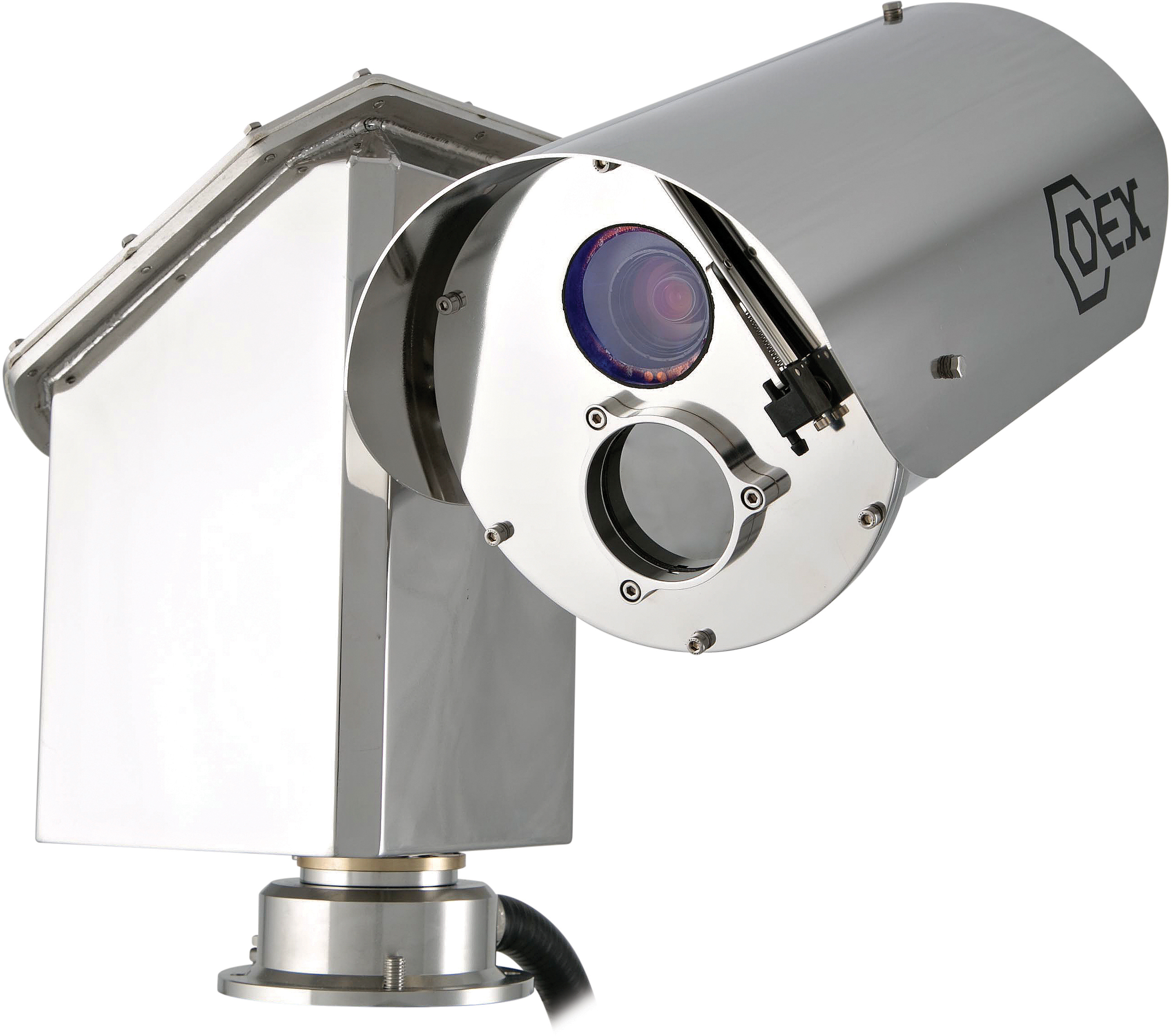 Citadel in a crisis
Citadel in a crisisAsked what other trends he is seeing outside of camera systems on ships for safety and security, which are relevant to Northern Sea routes, Nikoleris is quick to spotlight two vital elements, specifically ‘early detection’ and the integration of a ‘citadel’. For early detection, he points out this can be served by radar and ‘enhanced vision’: “This allows potential threats to be identified and monitored.” He cites the example of being able to pick up small fast moving vessels at the maximum possible range.
Looking at where a citadel fits into the equation, this is, says Nikoleris, essentially a safe haven for the crew in the event of an imminent boarding by undesirable elements such as pirates: “The citadel will keep the crew safe and secure enabling naval forces time to respond appropriately. From inside the citadel the crew can use CCTV and other systems to gain a real-time situational awareness of evolving events. The ability of the crew to send CCTV footage and communicate with responders, both at sea and onshore, provides a valuable asset to co-ordinate and manage the situation.”
Nikoleris goes on to reveal that Synectics has created a ‘citadel intelligent surveillance platform’ as part of a ‘passive anti-piracy concept’: “In the event of a piracy incident, the platform has the ability to retain full viewing and control of all cameras by an independent control rack located in the citadel area. This is powered by a centralised UPS [Uninterrupible Power Supply] system.” It is also possible with the solution, notes Nikoleris, to disable the viewing and control functions elsewhere on the ship. In addition, in consultation with the shipyard and ship owner, covert cameras can even be fitted he reports.
A northern visionFor the future it will be interesting to see how the new shipping route across the arctic develops and the robust video surveillance solutions that ice-class vessels adopt to help keep them safe and secure in this vast area where, trade-wise, we have only just reached the tip of the iceberg.
[su_button url=”https://www.securitynewsdesk.com/newspaper/” target=”blank” background=”#df2027″ color=”#ffffff” size=”10″ radius=”0″ icon=”icon: arrow-circle-right”]For more stories like this click here for the SecurityNewsDesk Newspaper [/su_button]




